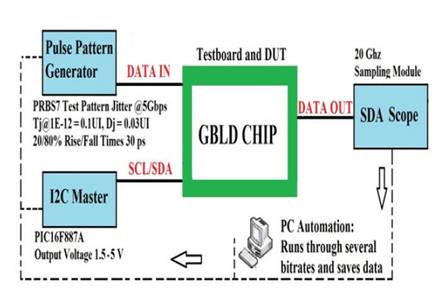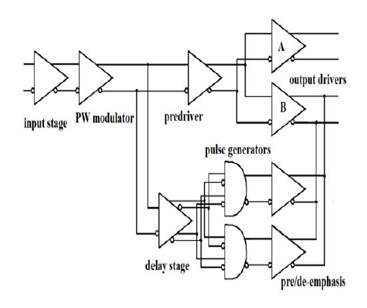.
Development of a Laser Driver test setup for SLHC experiments
Future experiments at the European
Organization for Nuclear Research (CERN)
will increase the demand for high-bandwidth
optical links due to the growing amounts of
data to be treated by the data-transmission
and acquisition systems. The development of
the Giga Bit Laser Driver (GBLD) chip-set
addresses this issue providing a means to
increase the bandwidth available to transmit
data to and from the counting room. This
paper describes some aspect of test setup
implementation and the protocol test used to
evaluate and qualify the GBLD.


An
upgrade of the current LHC (SLHC), is
expected to increase the luminosity to 1035/cm2/s,
which implies more data to be transmitted
and higher radiation doses to be sustained.
Future optical links will also be required
to reduce power dissipation and mass inside
the detector. One possible solution could be
to increase the bandwidth of each link.
Optical links for SLHC are being developed
into the Giga Bit Transceiver (GBT) project
in collaboration between CERN and other
international institutes, including the INFN
Perugia and Torino groups.
The
GBT project aims at designing, in a
commercial CMOS 130 nm technology, a fast
and radiation tolerant optical transceiver
providing a bidirectional connection between
the frontend electronics and the DAQ,
trigger and DCS systems. A chip named Giga
Bit Laser Driver (GBLD) for data
transmission at high data-rates has been
developed in this framework as part of the
GBT project.
Cite as
S. Meroli et al., “Development of a Laser Driver test setup for SLHC experiments” Nuclear Physics B Proceedings Supplements, Volume 215, Issue 1, p. 218-221, DOI: 10.1016/j.nuclphysbps.2011.04.013
Leave a comment